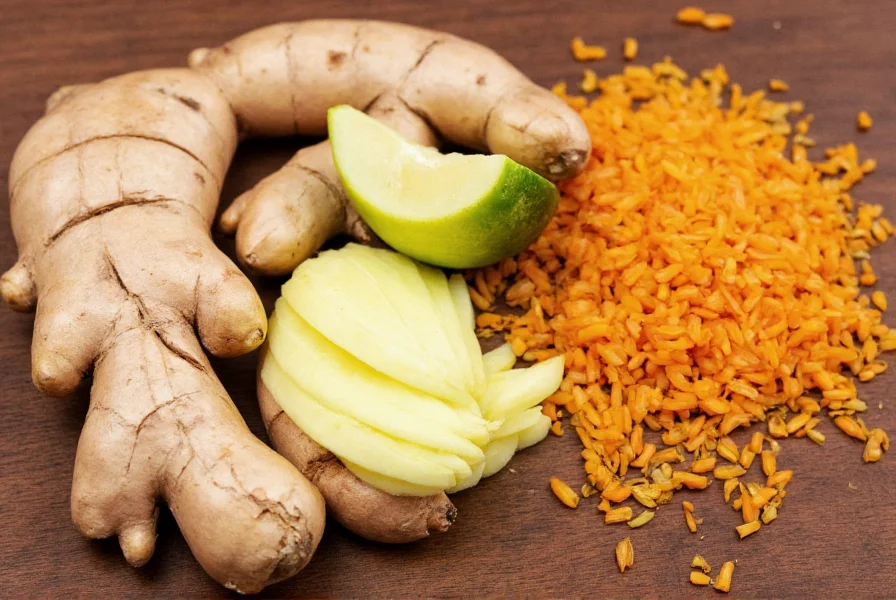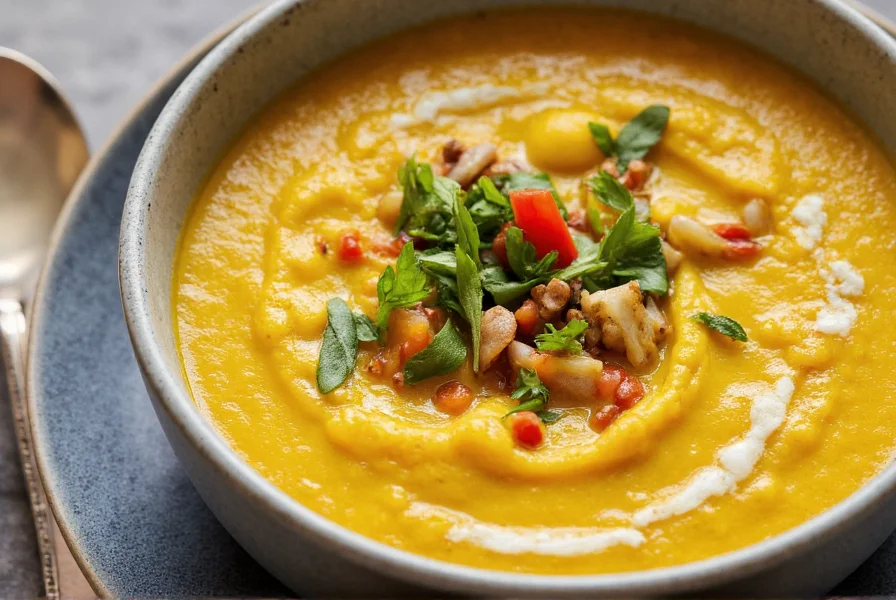For centuries, ginger has been a cornerstone ingredient across global cuisines, prized for its distinctive flavor profile and impressive health properties. This versatile root transforms ordinary meals into extraordinary culinary experiences while delivering measurable wellness benefits. Understanding how to properly incorporate ginger into your cooking repertoire can elevate your everyday meals significantly.
The Science-Backed Benefits of Cooking with Ginger
Recent nutritional research confirms what traditional medicine has known for millennia: ginger contains potent bioactive compounds like gingerol that provide anti-inflammatory and antioxidant effects. When incorporated into regular meals, ginger may help reduce muscle pain, improve digestion, and support immune function. Unlike supplements, using fresh ginger in cooking provides these benefits in a natural, food-based form that your body readily absorbs.

Ginger Across Global Cuisines
Ginger's culinary applications span continents and cooking traditions. In Asian cuisine, it forms the aromatic base for countless stir-fries and soups. Indian cooking features ginger in spice blends like garam masala. Caribbean jerk seasoning relies on ginger's heat, while Middle Eastern dishes use it to balance rich meats. Understanding these cultural applications helps you authentically incorporate ginger into diverse meal preparations.
Practical Guide to Cooking with Fresh Ginger
Select firm, smooth ginger roots with tight skin. Store unpeeled in the refrigerator for up to three weeks or freeze for longer storage. To prepare, simply scrape off the skin with a spoon (which preserves more flesh than peeling) and mince, grate, or slice according to your recipe's needs. For maximum flavor impact, add ginger early in cooking for milder flavor or later for more pronounced heat.
| Meal Type | Recommended Ginger Form | Flavor Pairings |
|---|---|---|
| Asian Stir-fries | Freshly grated | Soy sauce, garlic, sesame oil |
| Roasted Vegetables | Thinly sliced | Honey, citrus, thyme |
| Seafood Dishes | Finely minced | Lime, cilantro, chili |
| Baked Goods | Ground ginger | Cinnamon, nutmeg, molasses |
Five Simple Meals Featuring Ginger
1. Ginger-Soy Glazed Salmon
This 20-minute meal combines fresh ginger, soy sauce, honey, and garlic for a restaurant-quality dinner. The ginger cuts through the richness of the salmon while providing digestive benefits. For optimal results in healthy ginger salmon recipes, add the ginger during the last five minutes of cooking to preserve its bright flavor.
2. Immune-Boosting Ginger-Turmeric Soup
A comforting broth featuring fresh ginger, turmeric, garlic, and leafy greens provides both flavor and wellness benefits. This anti-inflammatory meals with ginger recipe simmers the ginger for longer to extract maximum benefits while maintaining a balanced flavor profile.

3. Ginger-Lime Chicken Stir-Fry
An excellent option for quick ginger stir-fry meals, this dish combines thinly sliced chicken with bell peppers, snap peas, and a vibrant sauce of fresh ginger, lime juice, and tamari. The ginger's zesty heat complements the chicken perfectly while aiding protein digestion.
4. Roasted Carrots with Ginger and Honey
This simple side dish transforms ordinary vegetables into something special. Toss carrots with olive oil, freshly grated ginger, honey, and thyme before roasting. The ginger's warmth balances the natural sweetness of the carrots in these easy ginger vegetable recipes.
5. Ginger-Molasses Oatmeal
Start your day with this nutrient-dense breakfast featuring rolled oats, fresh ginger, molasses, and warming spices. This healthy ginger breakfast recipe provides sustained energy while supporting digestive health.
Avoiding Common Ginger Cooking Mistakes
Many home cooks make these ginger preparation errors: using dried ginger when fresh is required, overcooking which diminishes flavor, or using too much which overwhelms other ingredients. For balanced ginger flavor in meals, start with one tablespoon of freshly grated ginger per four servings and adjust to taste. Remember that younger ginger has a milder flavor than mature roots.
Seasonal Applications for Ginger in Meals
Ginger's versatility shines across seasons. In winter, it adds warmth to hearty stews and baked goods. Spring dishes benefit from its bright notes in vegetable preparations. Summer applications include refreshing ginger-infused beverages and light marinades. Fall recipes often pair ginger with seasonal squash and apples. Understanding these seasonal pairings helps create naturally balanced meals with ginger throughout the year.
FAQ
What's the difference between using fresh and dried ginger in cooking?
Fresh ginger offers a brighter, more complex flavor with citrus notes, while dried ginger has a more concentrated, earthy warmth. Fresh works best in savory dishes and quick cooking, while dried excels in baked goods and long-simmered dishes. For most healthy ginger recipes, fresh provides superior flavor and maximum health benefits.
How can I reduce the strong flavor of ginger if I've added too much?
If your meal has become too gingery, try adding acid (like lemon juice or vinegar), sweetness (honey or sugar), or dairy (coconut milk or yogurt) to balance the flavor. For soups and stews, adding more of the other ingredients can help dilute the ginger's intensity without compromising the dish.
Which meals with ginger provide the most health benefits?
Meals that use fresh ginger in its raw or lightly cooked form retain more of the beneficial compounds. Immune-boosting soups, ginger-turmeric tonics, and lightly stir-fried vegetable dishes preserve more gingerol than heavily processed or baked applications. For maximum anti-inflammatory benefits, pair ginger with black pepper and healthy fats to enhance absorption of its active compounds.
Can I substitute ground ginger for fresh in recipes?
While substitution is possible, the flavor profile differs significantly. As a general rule, use 1/4 teaspoon of ground ginger for every tablespoon of fresh ginger called for in a recipe. Note that ground ginger works better in baked goods and long-cooked dishes, while fresh provides superior flavor in quick-cooking meals and raw applications.
How do I store fresh ginger to keep it usable for weeks?
Store unpeeled ginger root in the refrigerator's crisper drawer, wrapped in a paper towel inside a resealable plastic bag. This method keeps ginger fresh for 3-4 weeks. For longer storage, freeze whole ginger roots and grate directly from frozen when needed. Properly stored ginger maintains its flavor and health properties for extended periods.











 浙公网安备
33010002000092号
浙公网安备
33010002000092号 浙B2-20120091-4
浙B2-20120091-4